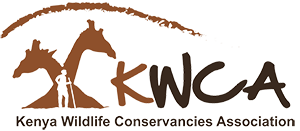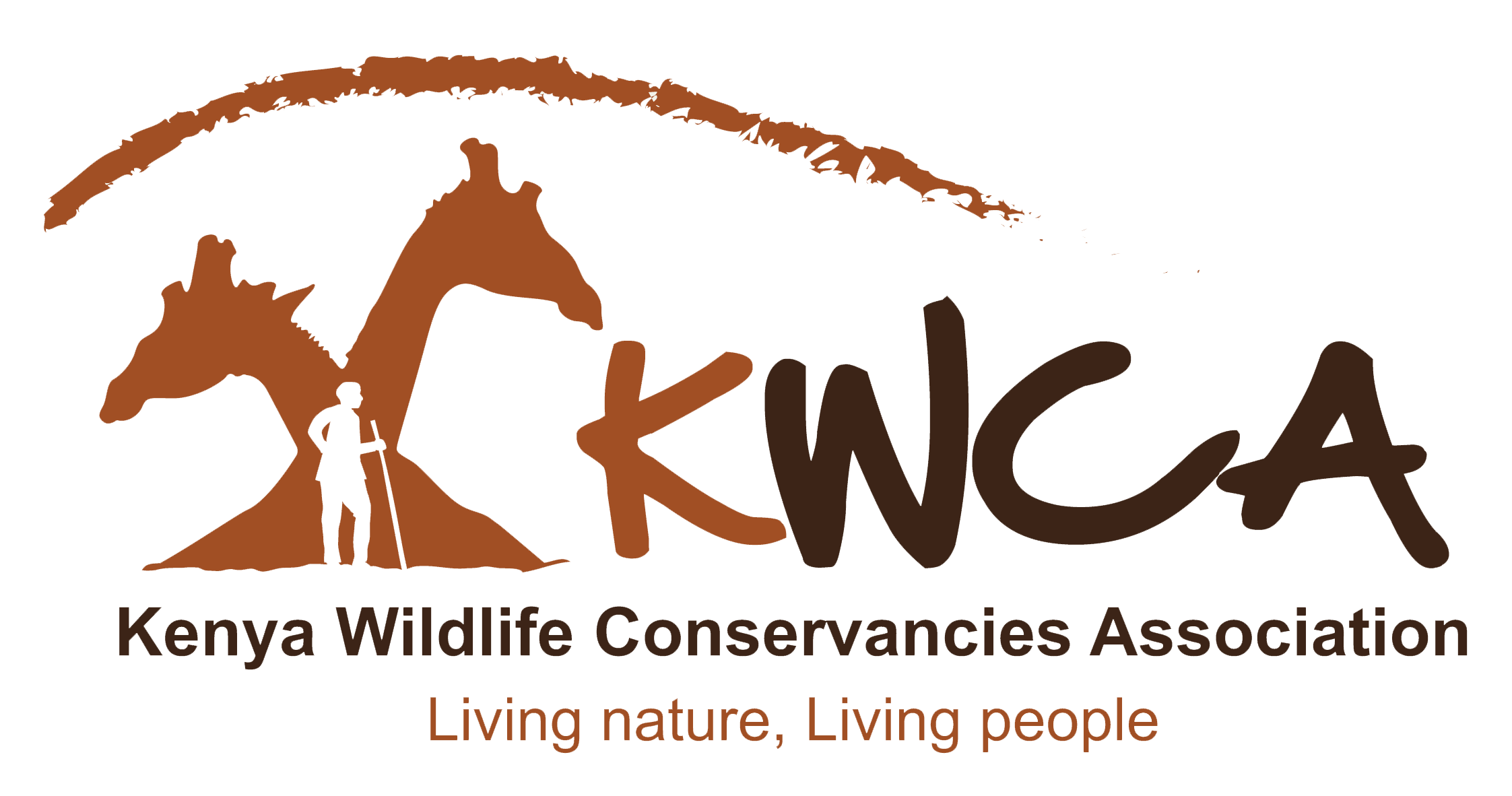Terms of Reference (ToR)
Development of County Model Legislation On Wildlife Conservation & Management
INTRODUCTION
The Council of Governors (CoG) is a non-partisan body established under Section 19 of the Intergovernmental Relations Act, 2012 (IGRA). Its mandate (Section 20) includes facilitating consultation among County Governments; sharing information on county performance; building capacity; and considering reports from intergovernmental forums on matters of national and county interest. To deliver this mandate, CoG operates 18 sectoral committees, including the Tourism and Wildlife Committee.
The Kenya Wildlife Conservancies Association (KWCA) is a national umbrella organization, established in 2013 to serve the collective needs and interests of community and private conservancies across Kenya. KWCA works to create an enabling environment for conservancies to thrive by advocating for the right policies, laws, and incentives and supporting members through capacity building, technical support, and information sharing. KWCA recognizes conservancies as a strategic mechanism for promoting wildlife stewardship and custodianship by landowners and communities living with wildlife, for the benefit of the people and wildlife
KWCA and CoG have partnered to develop a model legislative framework (a “Model Law”) on Wildlife Conservation and Management. The model law is intended to guide county governments in developing their wildlife conservation and management legislation, in respect to areas of county jurisdiction, the National Reserves, unregistered community lands and support to wildlife conservancies. The model law is aligned to the fourth Schedule the Constitution of Kenya, 2010 and the national legislation on wildlife conservation and management.
2. BACKGROUND
Kenya’s wildlife conservation network is constituted of 26 national parks (which include four marine), 33 national reserves (which include five marine), and five national wildlife sanctuaries covering approximately 8% of the country’s land area (Ministry of Tourism & Wildlife, 2018). Beyond these government protected areas, there are more than 200 community and private conservancies collectively dedicate an additional ~11% of Kenya’s landmass to wildlife conservation (KWCA, 2016). A significant number of the 47 counties are home to the 33 national reserves with some reserves covering more than one county.
While these protected areas are a key contribution to Kenya’s recognition as the 23rd most biodiverse country globally, majority of the National Reserves under the jurisdiction of County governments are under functioning while others have been highly encroached by human settlement and considered “paper parks”. While the Wildlife Conservation and Management Act 2013 provides some roles of County government in respect to national reserves, there exists vacuum on how county governments can achieve effective administration and management of the reserves. The afore going, coupled with limited budget and funding allocation to Reserves management, presents a exacerbates the risk of loss of National Reserves, increased wildlife loss and human wildlife conflicts incidents.
Four (4) of the counties- Narok (Maasai Mara NR, Samburu (Samburu NR), Isiolo (Shaba and Buffalo Springs NRs), and Baringo (Lake Bogoria NRs) have made developments in the management of the national reserves within their jurisdictions. Two (2) Counties (Samburu and Baringo) have passed legislations to support wildlife conservation efforts in conservancies within their jurisdictions while 3 others (Kajiado, Narok and Laikipia) have draft Bills to support conservancies. A number of counties have attempted to develop legislations on wildlife conservation for their counties that include National Reserves, conservancies and generally matters wildlife in the counties. These legislations have been characterized with misalignment with the Constitution and National legislation on wildlife, absence of clarity on objects and scope. Support to Counties to develop fit for purpose legislation through a model legislation, is imperative, for effective management of national reserves and wider wildlife governance in counties.
3. PURPOSE OF THE ASSIGNMENT
The purpose of this consultancy is to provide technical and drafting services to develop a model legislation on wildlife conservation and management for counties. The model law is intended to support and inform the county governments to develop respective legislations on wildlife aligned with the devolved functions of county governments under the Constitution 2010 and the national laws, particularly Wildlife Conservation and Management Act 2013. The Model Bill will provide a template for county adoption or adaptation, strengthening legislative coherence and enabling effective wildlife governance at the county level, including management of national reserves.
Specific objectives of the objectives are to:
1) Review existing national legal frameworks that impact on wildlife to establish relevant county provisions. These include the Constitution, Sessional Paper No. 01 of 2020 on Wildlife Policy; Wildlife Conservation and Management Act CAP 376 (Act of 2013); Sessional Paper No 01 of 2017 on National Land Use Policy and National plans and strategies including National Wildlife Strategy 2030
2) Review the existing county legislations that relate to Wildlife including draft Bills including for Wajir, Laikipia, Kajiado, Narok, to establish their scope, extent to which they align with national legislations, gaps and opportunities;
3) Review the County Model Law developed by the Kenya Law Reform Commission to inform on applicable framework for the model law on wildlife;
4) Engage relevant stakeholders, including COG, Kenya Law Reform Commission (KLRC), State Department for Wildlife, State Agencies on wildlife, select County Governments that are representative in matters wildlife, select conservancies in various counties and communities through targeted consultations to capture priorities, challenges, and opportunities.
5) Draft a comprehensive Model law that:
• Captures county roles and functions on wildlife conservation under devolution;
• Recommends governance structures and institutional mandates for county governments in wildlife conservation and management;
• Recommend framework for management of national reserves by county governments;
• Recommend framework to engage and support wildlife conservation on community and private lands including conservancies, including mitigation of human wildlife conflicts;
• Recommend incentives to encourage and promote wildlife conservation as beneficial land use in counties;
• Recommend benefit sharing principles that enable equitable access to benefits to communities and the entire county;
• Recommend safeguards to ensure effective public participation in wildlife conservation including equity and accountability; and
• Recommend enforcement and sanctions measures within jurisdiction of county governments.
6) Facilitate consultation and validation workshops with county government representatives to inform, review and refine the draft model law; and
7) Finalise the Model law incorporating feedback from stakeholders.
4. CONSULTANT QUALIFICATIONS & EXPERIENCE
An individual consultant or firm with the following competences:
- Degree in Law, Environmental Law/Governance, Wildlife/Natural Resource Management, Public Policy, or a related field, where an advance degree is an added value;
- Knowledge and experience in natural resources governance and management;
- At least 5 years of proven legislative drafting skills and experience;
- Strong analytical, writing, and communication skills, with proven ability to facilitate consultations/workshops;
- Solid knowledge of the Constitution, devolution, and natural resources management;
- Demonstrable understanding and experience in working with county governments, as an added value; and
- Ability to deliver high-quality outputs within agreed timelines.
5. SUBMISSION OF PROPOSAL
Proposals should demonstrate a clear understanding of the assignment and capacity to deliver the scope of work, which shall include:
- Cover letter outlining relevant experience against the key competencies.
- Technical proposal including: methodology, work plan, stakeholder engagement plan, sample outputs, and CVs of key personnel.
- Financial proposal with a detailed budget: consultancy days and fees.
- Evidence of similar assignments, including at least two recommendations.
- Annexed CVs of key experts demonstrating the skills and experience required.
Submit separate technical and financial proposals clearly marked “Consultancy – County Model Law on Wildlife Conservation & Management ” to [email protected] by 19th November, 2025.
KWCA and CoG reserve the right to reject proposals that do not meet the requirements above.
Posted on
